
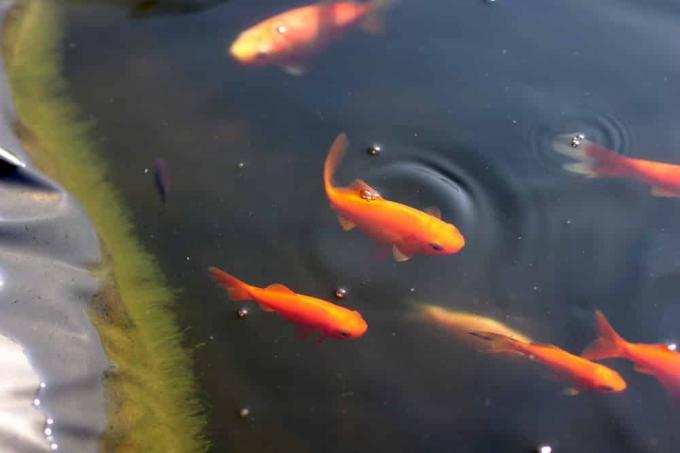
Table of contents
- Why do I have to attach pond liner?
- How do I attach the pond liner to a wall?
- Glue the pond liner
- Fastening with rails
- Fastening with wall or wall profile
- Attachment with bank tape
- Combi profile
- What are shore mats for?
A garden pond not only provides visual variety for the plants in your garden, it also attracts numerous birds and insects. A weekend is enough to set it up. But without sufficient planning and attachment of the pond liner, the enjoyment will soon be over. If you take the necessary care here, you will enjoy your garden pond for a long time.
Why do I have to attach pond liner?
By attaching the pond liner to the bank, you prevent the liner from slipping off into the pond. This is particularly important if the pond bank is steep. Sometimes it is enough to simply place stones on the foil. These can be stone or pavement slabs or coarse field stones. This will definitely prevent the pond liner from slipping off, but if plants are growing close to the bank, then this construction is not sufficient. You also need a capillary barrier.
Tip:
Only attach your pond liner when the pond is already filled with water or when the film has adapted to the ground, otherwise there may be too much tension on the attachment. This can tear the film.
How do I attach the pond liner to a wall?
There are various options for attaching the pond liner permanently and stably to a wall made of stone or concrete, which can also be easily combined with one another:
- glue
- Fastening with rails
Glue the pond liner
In principle, gluing is the simplest and cheapest way to attach the pond liner to the concrete. Make absolutely sure to use a weatherproof adhesive that is suitable for your film. In addition, the adhesive must also be able to adhere well to concrete. Conventional liner adhesive, as used to repair the pond liner, is not enough. You are most likely to find what you are looking for in specialist roofing shops. Adhesives based on styrene rubber are suitable. They successfully bond PVC or EPDM (ethylene propylene diene rubber) films to stone, concrete and even metal. The costs are approx. 5 to 7 euros per m². When working with this glue, make sure that it does not come into contact with your skin and that you do not inhale fumes. It can cause allergic skin reactions and inflammatory skin irritations as well as drowsiness and sleepiness.
Advantages of gluing:
- low cost
- low expenditure of time
- weather and temperature resistant
- no special tools required
Disadvantages:
- has an irritating effect on the skin and eyes
- Vapors may cause drowsiness and drowsiness
- Pond liner is not laminated
Fastening with rails

The rails are constantly in contact with the pond water, so it is essential that they are made of corrosion-resistant material. Rails made of stainless steel or anodized aluminum are ideal. Plastic is also corrosion-resistant, but not dimensionally stable at high temperatures. They expand too much when heated intensively. You can get suitable rails including fastening instructions from a hardware store or garden retailer. Optionally, the rail can be visible after attachment or covered with a bank mat. There are different types of rails: wall profile, combi profile and embankment band. Depending on the type of pond wall, the systems are more or less suitable.
Advantages:
- Laminating the pond liner is possible
Disadvantages:
- not as cheap as glue
- time consuming
- the foil can easily tear at the screwed points
Fastening with wall or wall profile
The wall profile is suitable for attaching the pond liner to palisades and walls made of different materials (concrete, stone). It is screwed to the pond wall together with the pond liner and can also be attached to curved surfaces. To conceal the rail, you can attach bank mats together with the pond liner and then fold the bank mat back towards the pond. The rail is then no longer visible. The wall profile is very stable and costs approx. 5.50 to 6 euros per meter.
Attachment with bank tape
The bank tape is suitable for later inconspicuous attachment of pond liner, fleece and bank mat. It can also be mounted on curved pond edges. A rubber lip is placed on the flexible aluminum profile, which also serves as a suction barrier. The cost per meter of shoreline including ground anchors is approx. 15 to 17 euros.
Combi profile
The combi-profile is a combination of wall profile and bank tape. It is particularly suitable for hard-to-reach places under bridges or overhangs. The work with the combination profile can also be carried out alone without a helper. It can also be attached to undulating pond walls such as palisades. First, the shore band with the liner is screwed to the pond wall, then the wall profile is attached in a second step. The cost per meter is around 14 euros. A shore mat can also be attached here.
What are shore mats for?
You can use bank mats to hide or conceal the rather ugly black pond liner and the mounting rails. The mats consist of different layers, a lower fleece layer and the plantable upper side. Some bank liners even have integrated planting pockets that you can plant with various pond plants. Alternatively, there are also sanded and gravelled pond liners, which are not suitable for planting, but make the pond edge quite attractive due to their surface design.
 garden editorial
garden editorial I write about everything that interests me in my garden.
Learn more about creating a pond
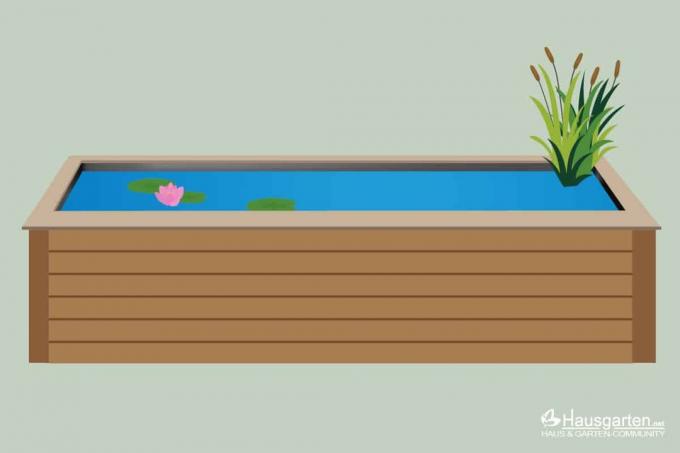
Build a high pond yourself: 15 tips for creating it yourself
A laborious excavation can be avoided with a raised pond. If you want to build and create it yourself, you should pay attention to numerous details. With the right tips, the project runs smoothly and long-term joy is guaranteed.

Build a duck coop yourself 7 tips for a duck house
Building a duck coop yourself is essential if you want to keep ducks yourself. But a protective shelter is also a practical and valuable aid for wild ducks. With our tips for building a duck house yourself, it's easy.
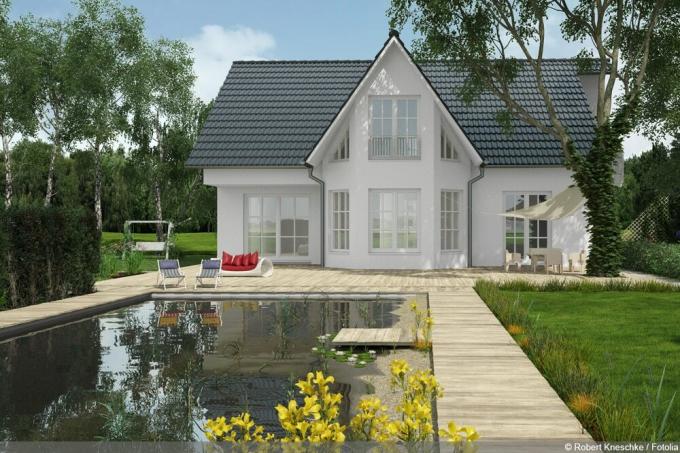
Make a swimming pond out of a garden pond: rebuild in 8 steps
Gardeners with manual skills transform the pond into a natural swimming paradise for the whole family. Thanks to the living sewage treatment plant, the private water world works in an exemplary manner without chemicals. This guide explains how to convert your garden pond into a swimming pond in 8 steps.
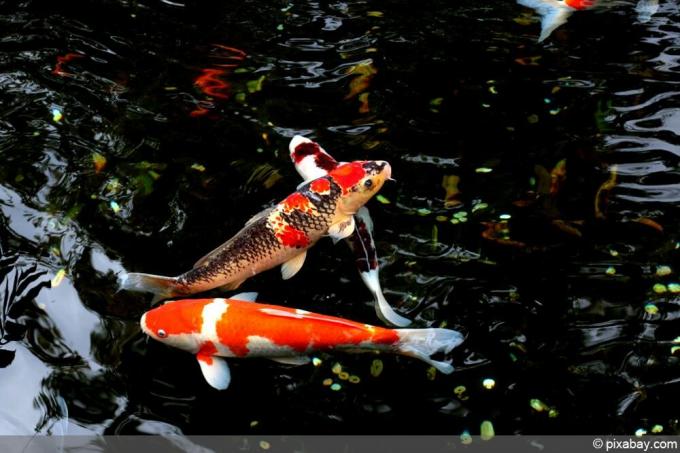
Creating a koi pond: requirements for size and filter system + costs
Kois are not only particularly noble, but also very demanding fish. Because the animals have certain requirements for their habitat, which must be taken into account when creating the koi pond.
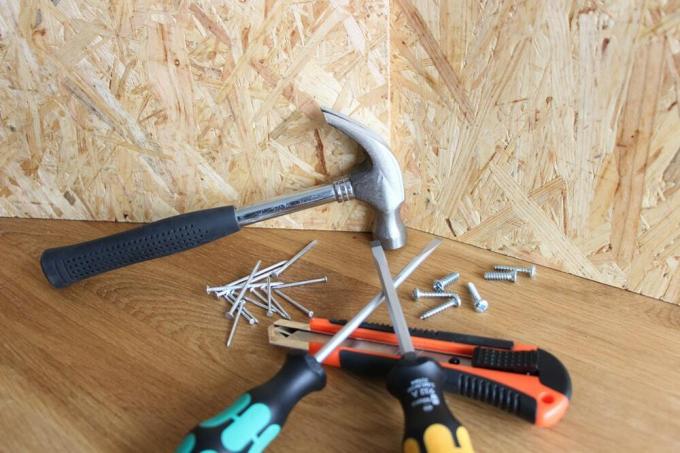
Build your own indoor pond – instructions in 10 steps
There are big differences in indoor ponds. A lot is possible, starting with plastic shells, such as those used in the garden, through brick and tiled ponds similar to a bathtub, to liner ponds in a wooden frame. Anyone who has never dealt with indoor ponds will be amazed at what some people come up with. Of course, the vessels can also be used for rooms, which are referred to as mini ponds or balcony ponds.

DIY stone foil – Instructions for making and laying yourself
Stone liner is mainly used for the edge design of liner ponds. It creates a natural transition from the pond to the garden. However, it is also well suited for streams or waterfalls. Stone foil is simply a foil that has been covered with small stones, mostly gravel. According to the manufacturers, purchased stone foil is robust and durable. The stones are fixed in such a way that they do not fall off even during longer periods of frost. In addition, a special seal ensures that the films are compatible with plants and fish.



